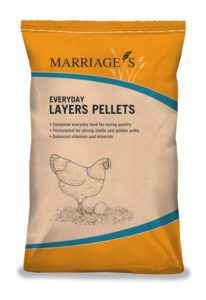
Are you looking to calculate feed consumption for your layer farming project?
Calculating Layer Feed
Layer feed is estimated to account for 70% of layer farm expenses.
So, when planning a layer farming project it is critical to get your feed consumption estimate right.
This way you can anticipate costs properly and work on strategies for optimising your farm profits.
In this article, I will reveal 3 easy ways to calculate layer farm feed consumption.
Layer feed consumption
Layer chicken consume feed daily and utilise nutritional benefit to sustain life, grow and produce eggs.
For the most part, as a layer farmer, your interest will be the ability of your flocks to convert feed into quality eggs.
Depending on breed, layer birds convert feed into eggs at different rates. Some better than others.
Also, the nutritional balance required by layer birds differs at different stages of their rearing cycle (usually 72 weeks from birth).
Why it’s important to calculate layer feed consumption
Layer feed contributes 60-70% of a layer farm expenses.
In building a winning business plan for your layer farm, it is important to produce reliable estimates for feed consumption.
This way you can produce realistic and detailed forecasts upon which to base your financial projections within investment report.
Lenders and investors particularly will require accuracy in this department. Getting your figures right could make all the difference with acquiring funding.
Beyond this, tracking your flocks consumption of feed keeps your enterprise a few steps ahead on inventory planning.
So, you should never run short or over stock your layer feed at any time.
Methods for calculating layer feed consumption
Use any of these methods for calculating layer feed for your poultry farm:
1. Manual
Steps
- Obtain a layer farming poultry feed chart, like this one.
- Using a spreadsheet software, plot out the daily feed requirement per bird throughout the full rearing period (72 weeks).
- Multiply the daily feed requirement of a layer bird, by the number of birds in your flock.
- Highlight the necessary cells to produce a subtotal of feed consumed with a timeframe e.g. per week.
- Keep a running cumulative total, increasing by daily increments.
2. Try The Layer Feed Consumption Calculator
To save you the time building your own layer feed consumption calculator with a spreadsheet, why not use this calculator (*this is single flock calculation ONLY):
Use instructions
Part a. Calculate weekly flock consumption
- Input the number of birds in your flock
- Input the rearing week / age of flock in weeks
- Input quality of feed per bag
- Input cost of feed per bag in your currency
Part b. Calculate the cumulative flock consumption from week 1 to current week
- Input week of rearing
Want a multi-flock estimate of layer feed consumption? The next method is for you…
3. Poultry Project Reporter 2.0
Calculating single layer flock feed consumption using a spreadsheet (or my calculator above) is pretty straight forward.
But how about if you want to calculate multi-flock layer feed consumption?
Let’s think things through:
- Layer birds consume different amounts of feed every day of life up until 28 weeks of age
- Rearing more than one flock at any time with staggered ages brings complications
To produce an accurate feed consumption model, we need a more sophisticated approach.
For this, I recommend enlisting a little software help.
How it works…
Poultry Project Reporter 2.0 is the fastest and most accurate way of producing multi-flock layer feed consumption calculations.
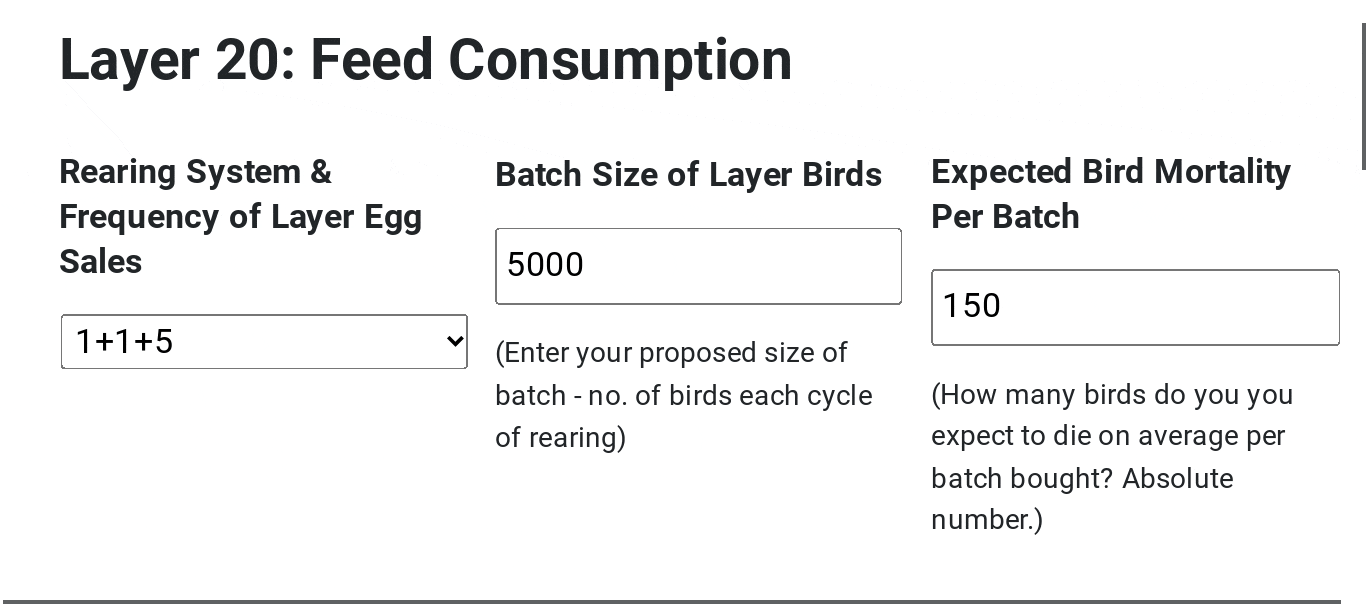
The reporter includes the following features:
- choice of multi-flock layer rearing system
- adjusting the output to exclude flock mortalities
- cost of feed
- 6 year feed consumption projection
- 6 year feed cost projection
- PDF-version emailed to your inbox
- total time: 30 seconds
Using the same Lohmann data the reporter makes easy work of accurate multi-flock consumption modelling that would have taken hours to perform.
Better still, want to flip between rearing models at the flip of a switch:
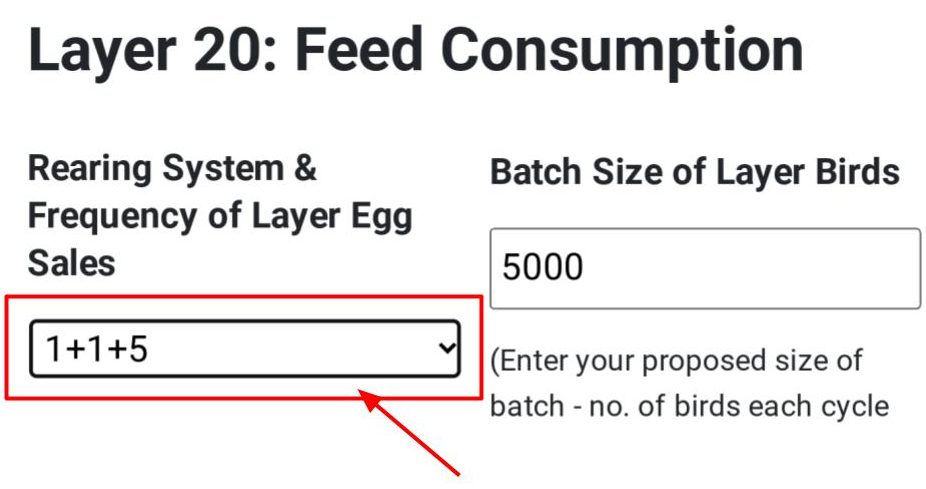
Choosing between 1+1+5 (5 flock model), 1+2 (2 flock model) or 1+3 (3 flock model) by clicking the drop down box auto-corrects your entire 6 year feed consumption in seconds.
Too easy.
Get the PDF version of your layer feed consumption
Want to save the time of typing all of this up into a project report or proposal?
The Poultry Project Reporter 2.0 also is a PDF generator. At the end of filling in the form and selecting you flock criteria simply press the submit button:
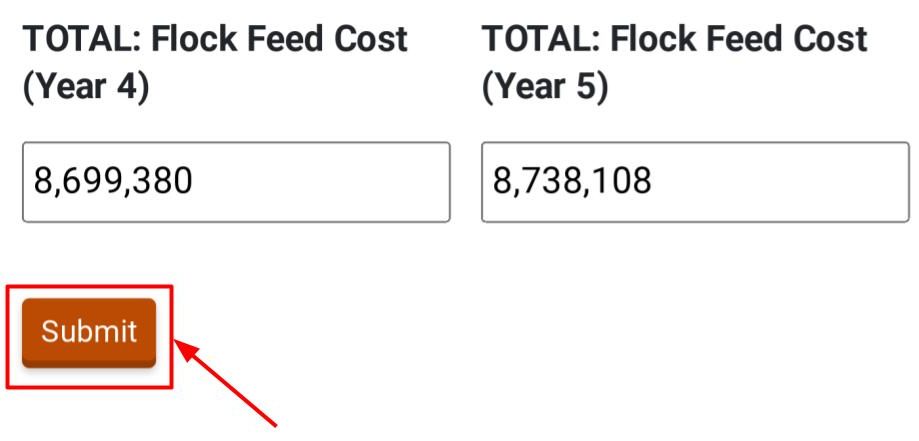
Within moments, your PDF version of the data will be sitting within your email inbox ready for publishing in your proposal or as a report for your management team.
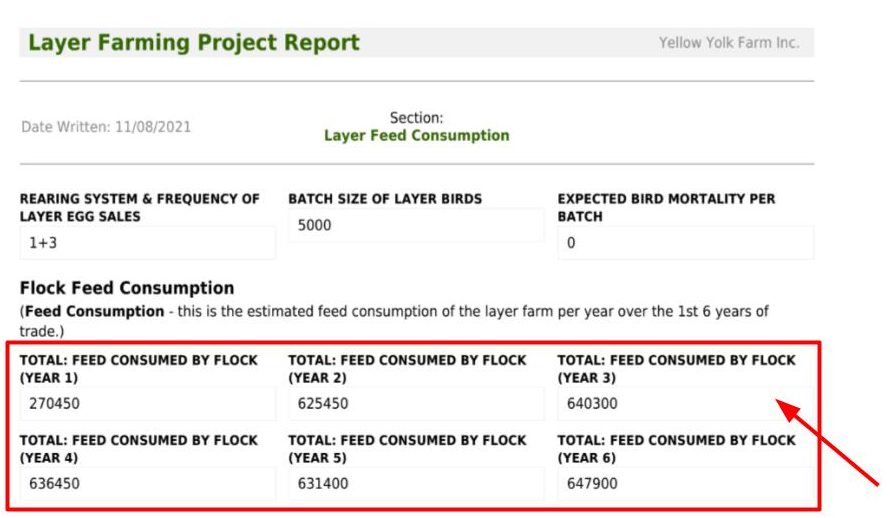
A complete 6-year projection of a multi-flock layer feed consumption, condensed into minutes.
Poultry Project Reporter 2.0 makes producing bankable standard poultry farm investment proposals, easy work. It takes all of the heavy lifting of financial calculations away from you.
Leaving you to simply focus on starting-up.
I hope you found this layer feed consumption calculation useful in this project planning phase. You may also want to see my 72 week layer farming (fly-on-the-wall) guide and sample layer farming project report for 10,000 birds.
Remember…
Click either thumbs up, or thumbs down below and then leave your feedback.
I read every comment.

Leave a Reply